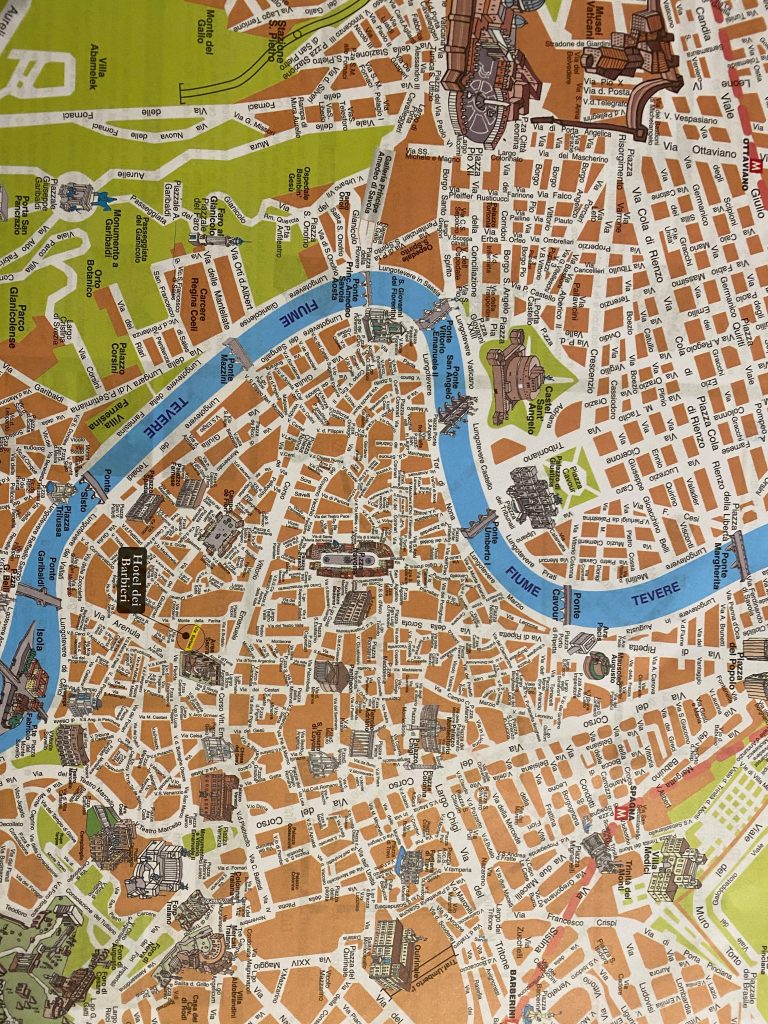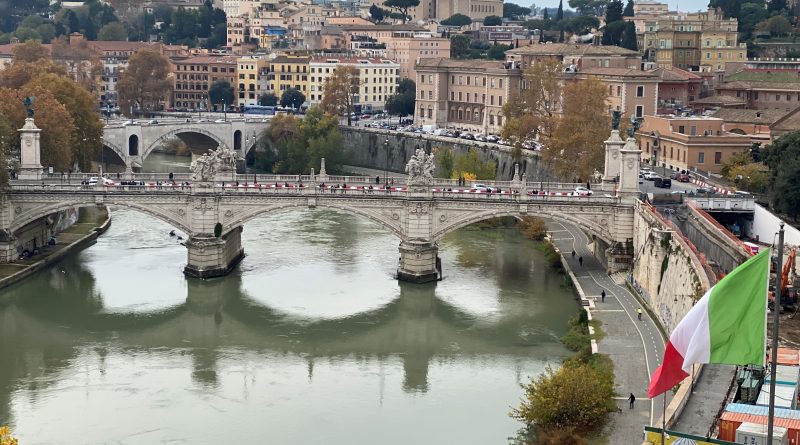The Tiber: Rome’s Eternal River
The Tiber has achieved lasting fame as the Rome’s eternal river. It became its main watercourse when the city was founded on its eastern banks.
It is the third-longest river in Italy and the longest in Central Italy, rising in the Apennine Mountains in Emilia-Romagna and flowing more than 400km through Tuscany, Umbria, and Lazio, to the coast which is just 20 kilometres from Rome.

The river mouth silted up over time leaving the ancient port of Ostia Antica on which Roman trade depended stranded six kiometres inland.
The Tiber was critically important to Roman trade and commerce, as ships could reach as far as 100 km upriver. It’s thought it was used to ship grain as long ago as the fifth century BC. It was later used to ship stone, timber, and foodstuffs to Rome.
During the Punic Wars of the third century BC, the harbour at Ostia became a key naval base. It later became Rome’s most important port, where wheat, olive oil, and wine were imported from Rome’s colonies around the Mediterranean.
Wharves were also built along the riverside in Rome itself, lining the riverbanks. The Romans connected the river with a sewer system and with an underground network of tunnels and other channels, to bring its water into the middle of the city.

In addition to the numerous modern bridges over the Tiber in Rome, there remain a few ancient bridges, now mostly pedestrian-only, that have survived, such as the Ponte Sant’Angelo.
In ancient Rome, executed criminals were thrown into the Tiber.
Because the river is identified with Rome, the terms “swimming the Tiber” or “crossing the Tiber” have come to be the shorthand term for converting to Roman Catholicism.
Destination – Italy




